New research reveals 10,000 year-old human connection with dogs – and oldest dog breed
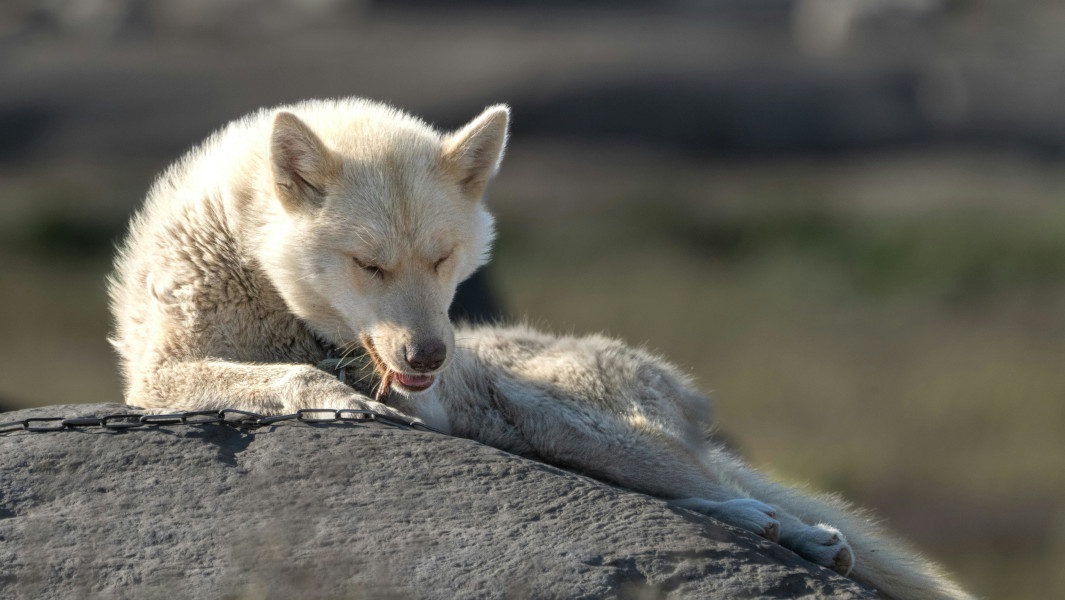
Ever wonder how your four-legged friend would size up against one of its furry forefathers?
Well if it looks anything like the Greenland sled dog, your pup might have some pretty old ancestors.
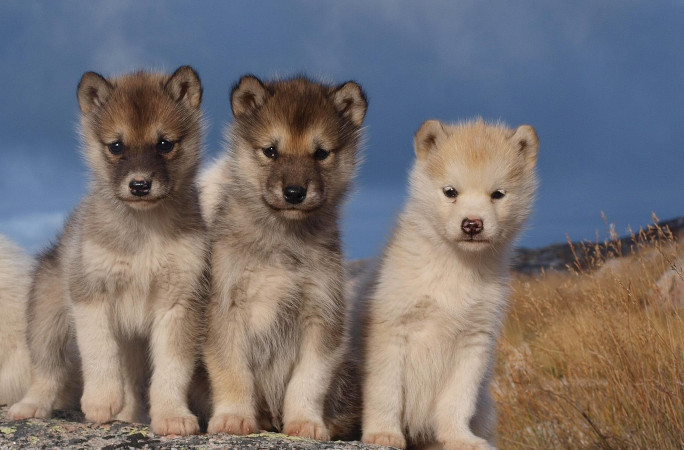
Image: Mr.Bonde / Pixabay
Research led by Dr Mikkel-Holger Strander Sinding in 2020 cast new light on the history of man’s best friend, and showed that our domesticated dogs might be much older than we ever thought.
For years, scientists (and most of us) have known that modern dogs descended from Eurasian wolves, but when and where that happened still remains a genealogical mystery. So Dr. Sinding’s team sequenced the genome of a dog from Siberia’s Zhokhov archaeological site, dating to around 9,500 years ago.
“I was actually anticipating that we would find some sort of precursor of domestic dogs,” he said. Instead, they found today’s sled dogs and the Zhokhov dog descended from the same branch. “It means that all dogs must have diversified earlier than this.”
Because of their findings, we now have a firm date for diversification in dogs, which proves some breeds are descended from a species almost 9,500 years old.
One of the first breeds to descend? The Greenland sled dog, a thick-haired and curly-tailed canine from the Arctic tundra, which we now know as the oldest dog breed.

Image: Naja Bertolt Jensen / Unsplash
National Geographic explains: “The sled dog branch of the family tree, which includes various types of huskies and malamutes, broke off from the rest of the dogs around 9,500 years ago, versus something like a labradoodle, which only became a breed in 1989.”
The Greenland sled dog is a fascinating breed, whose storied history grew in tandem with Inuit culture in the North. The breed arose in the Bering Sea region at least 2,000 years ago and arrived in Greenland approximately 1,000 years later. When the Inuit people began their migration from Siberia across to Arctic regions of what is now North America and Greenland, they brought with them dogs from which Greenland sled dogs, huskies and malamutes later evolved.
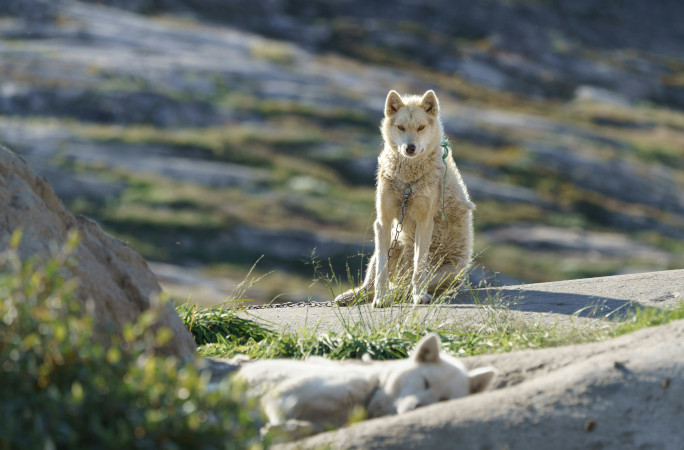
Image: Lars H Knudsen / Pexels
“Based on 10 genomes of Greenland sled dogs and an ancient 9,500-year-old genome of a Siberian sled dog we can see a few things,” said Dr. Sinding.
“Firstly, Greenland sled dogs experienced a population bottleneck ~900 years ago, fitting the immigration to Greenland and have maintained a largely consistent ancestry since arrival.
The 9,500-year-old dog, from a site with the world's oldest sled remains, shares close common ancestors with modern Arctic dogs (Greenland sled dogs, Siberian husky and Alaskan Malamute). However, the Greenland sled dog is the genetic lineage/breed closest to this ancient sled dog.
Greenland sled dogs are still closer to Siberian husky and Alaskan Malamute (their recent cousins), but Siberian husky and Alaskan Malamute are more diluted (mixed with other dogs) from the ancient origin than Greenland sled dogs are.”
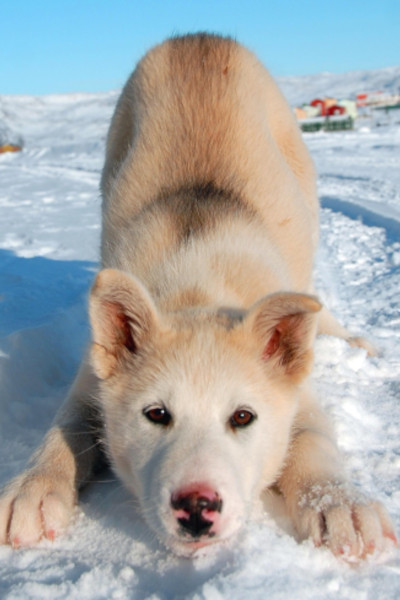
Image: Thomas Ritter / Pixabay
The team’s research also revealed interesting information about the breed’s adaptation to Arctic life, such as the ability to thrive on a high-fat diet. This also links them with the Inuit and Thule peoples of the Arctic, which have survived with their working dogs for thousands of years by hunting and eating blubber-rich marine mammals like seals and whales.
“One of the biggest differences between a brown bear and a polar bear is that the polar bear has a specific genetic adaptation for eating lots of blubber. And we see almost precisely the same solution in [sled] dogs,” Dr. Sinding says.
He also noted that the breed adapted to be particularly good at regulating body temperature in cold weather and running and pulling sleds in low-oxygen conditions.
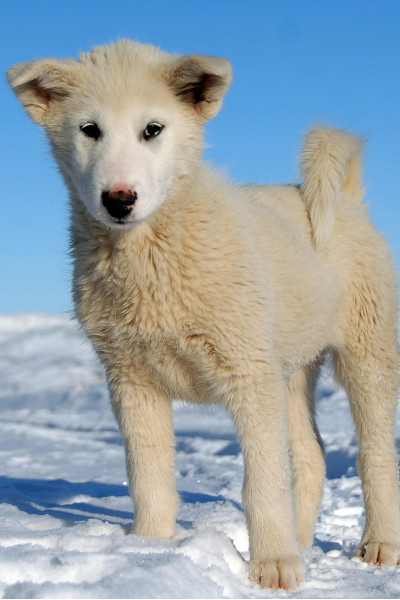
Image: Thomas Ritter / Pixabay
And although we might associate those traits more with wolves, interestingly, Dr. Sinding says their study proves the dogs are in a class of their own.
“The scientists also compared the Zhokhov dog’s DNA with an even more ancient canid—a Siberian Pleistocene wolf that lived about 33,000 years ago,” said National Geographic.
“Together with genomes from modern wolves and domesticated dogs, the team revealed that, remarkably, sled dogs haven’t interbred with gray wolves in the past 9,500 years, unlike other breeds. This is especially strange, given that indigenous peoples have documented dog-wolf pairings.
"The fact that traces of wolf genetics don’t show up in the Greenland sled dogs’ genome suggests that either hybrids didn’t survive well, or that there was some reason humans did not breed them.”
Luckily, these beautiful creatures learned to survive on their own, and have become an interesting insight into Greenlandic life.
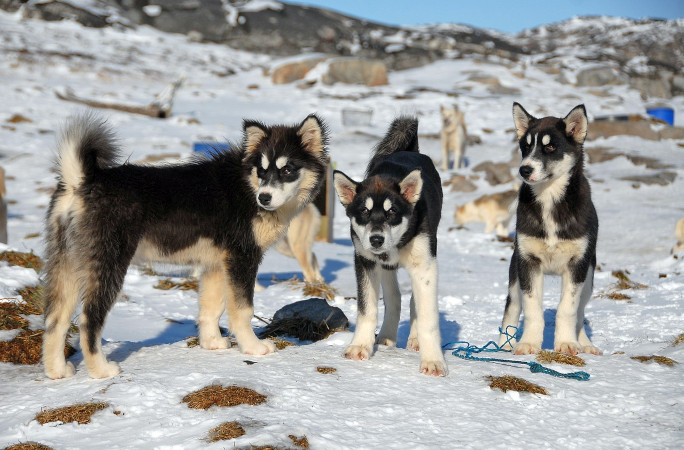
Image: Thomas Ritter / Pixabay
In any case, this ancient relationship with our four-legged friends can provide insight into how early cultures around the world valued the natural world, and can offer clues about the dates certain cultures domesticated and settled into more agricultural roles.
Other very old dog breeds include the Central African basenji, which was depicted in cave paintings in Libya that date back to around 6000 BC, the Japanese Akita Inu, and the saluki, which was revered in ancient Egypt and kept as a royal pet.
Header image: Lars H Knudsen / Pexels


